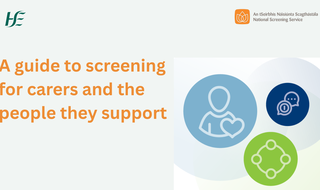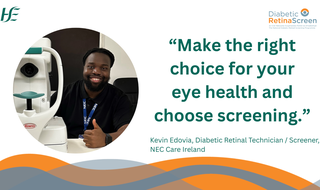National Screening Service
We run 4 national population screening programmes: 3 that screen for cancer, and 1 that screens for diabetic retinopathy.
Information for health professionals
Featured news
Resources
-
National Screening Service Strategic Plan 2023- 2027
-
2024 End of Year Report, National Screening Service
-
Quality Assurance Framework
-
Patient and Public Partnership
Date updated: 06/06/2025
-
Cervical Cancer Elimination
-
Activity and Performance Data
-
National Screening Service Updates
Date updated: 03/06/2025
-
View all
Date updated: 12/06/2025


